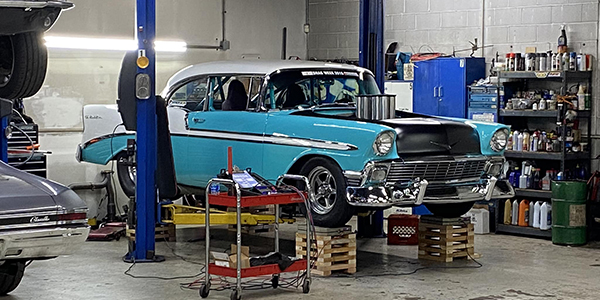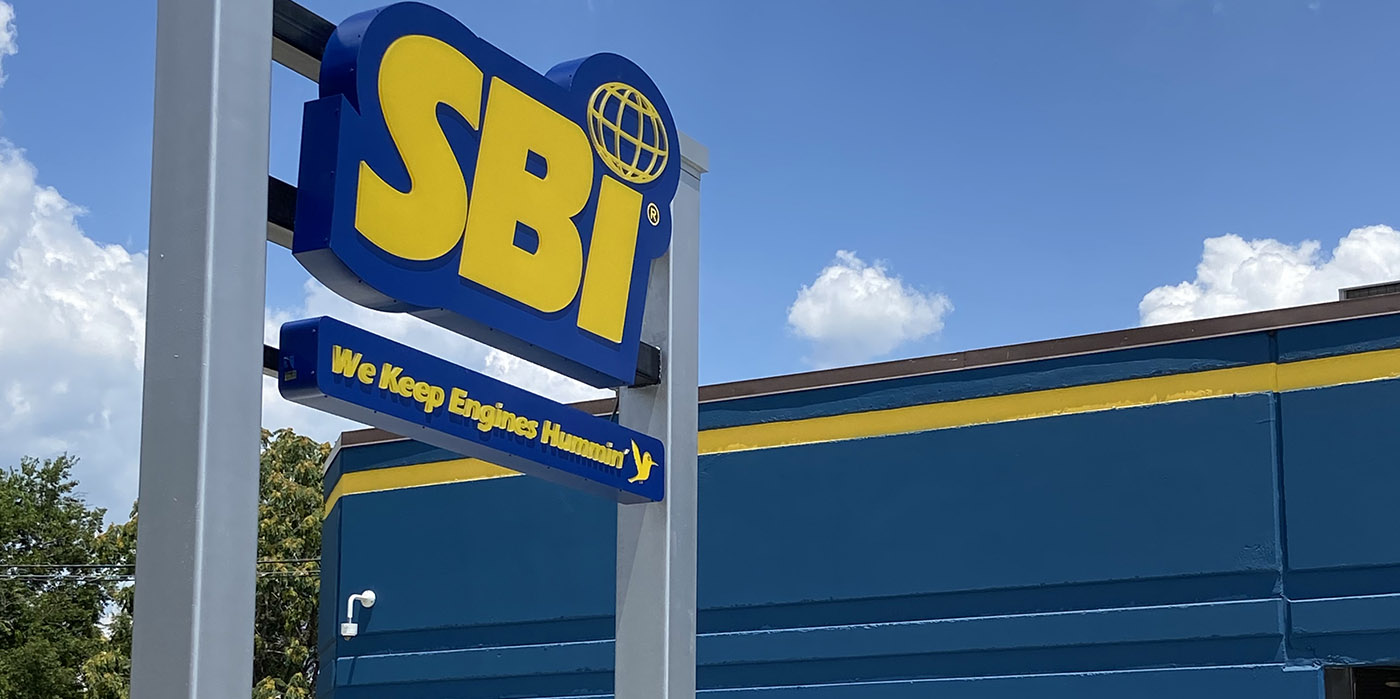I’ve had complaints of broken exhaust manifold bolts on some 5.4L Ford engines. Is there an upgrade available?
The AERA Technical Committee offers the following information regarding broken exhaust manifold bolts on 1999-2005 Ford 5.4L VIN L engines. This information applies to non-supercharged Ford truck engines. Generally, this condition is first noticed because of excessive exhaust noise that is the result of a manifold leak.
This engine is used in the following vehicles:
FORD:
1997-2004 Expedition, F-150
1999-2004 F-Super Duty
1999-2005 E-Series
LINCOLN:
1998-1999 Navigator
To reduce the likelihood of subsequent failure after repair, Ford now offers a stainless steel stud and nut for these applications. The stud is available as p/n W703902-S403 and the nut is available as p/n W701706-S2. The supercharged versions of this engine have not exhibited stud or nut failure, however, the new parts could be used for those applications as an upgrade.
Any time these repairs are made the exhaust manifold gasket(s) must also be replaced for an effective repair. To install the components, torque the studs in the cylinder head to 71-115 in.lbs. (8-13 Nm) and torque the nuts on studs to 204-239 in.lbs. (23-27 Nm).
I’ve noticed different crankshaft sensors on 2.7L Hyundai engines. Is there a revised sensor, and if so, which one should I use?

The AERA Technical Committee offers the following information regarding a revised crankshaft sensor for 2001-2002 Hyundai 2.7L engines. Since this engine was first designed, three crankshaft sensors have been used. The original design sensor should no longer be used.
To help determine which sensor is appropriate for use, Hyundai has supplied visual aids for
positive identification. Refer to the diagrams above and part numbers below to select the proper crankshaft sensor. The current sensor has two different designs.

Part Number 39180-37200 (Figure 1):
Inspect the CKP Sensor, if the wiring of the CKP sensor comes out straight from the top of the sensor, REPLACE the sensor.
Part Number 39180-37150 (Figure 2):
If the wiring of the CKP sensor comes out at a 90 degree angle from the top of the sensor do not replace the sensor.
Part Number 39180-37150 (Figure 3):

If the wiring of the CKP sensor comes out straight from the top of the sensor AND has a 90 degree plastic knob at the top of the sensor, then do not replace the sensor unless it is damaged.
If you have any of your own Tech Solutions you would like to share with us, please email Brendan Baker at [email protected].
For information on receiving all of AERA’s regular monthly technical bulletins and other association services and benefits, call toll free 888-326-2372 or send an e-mail to [email protected].


